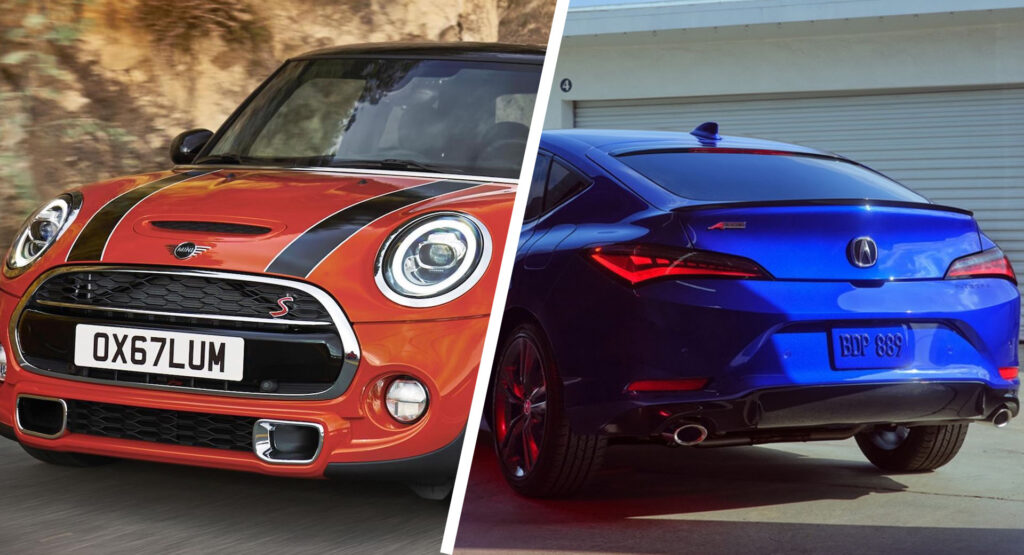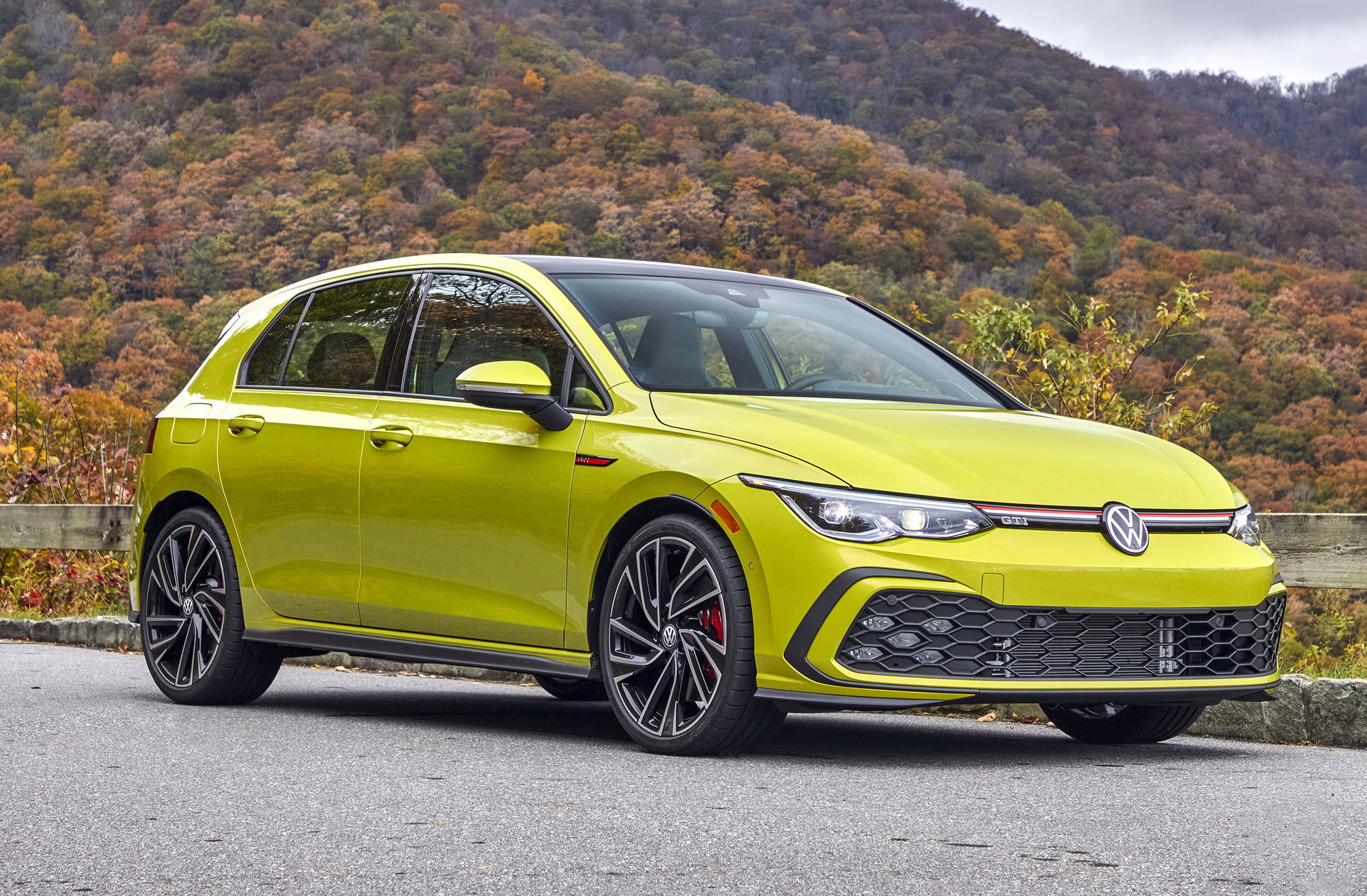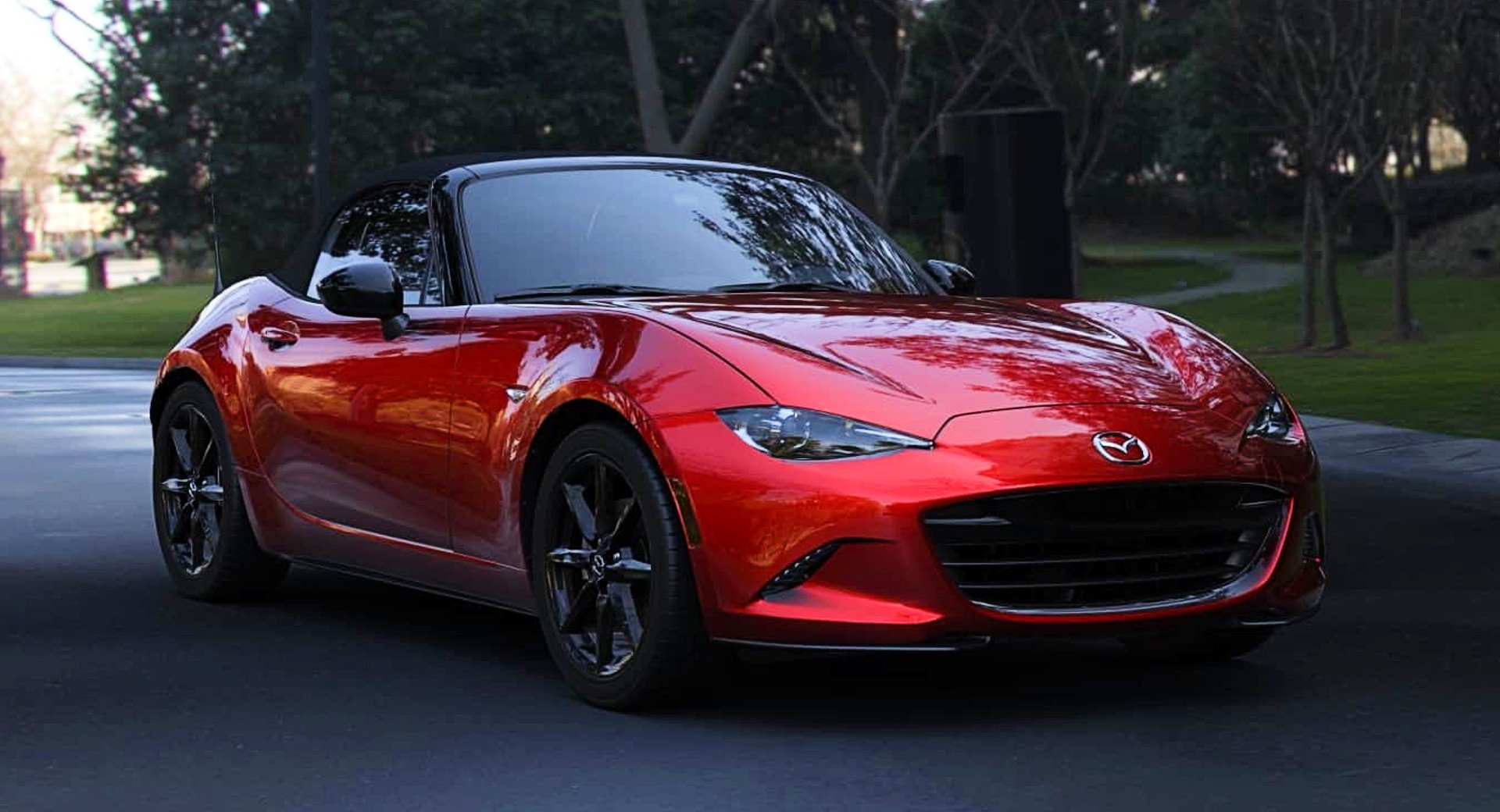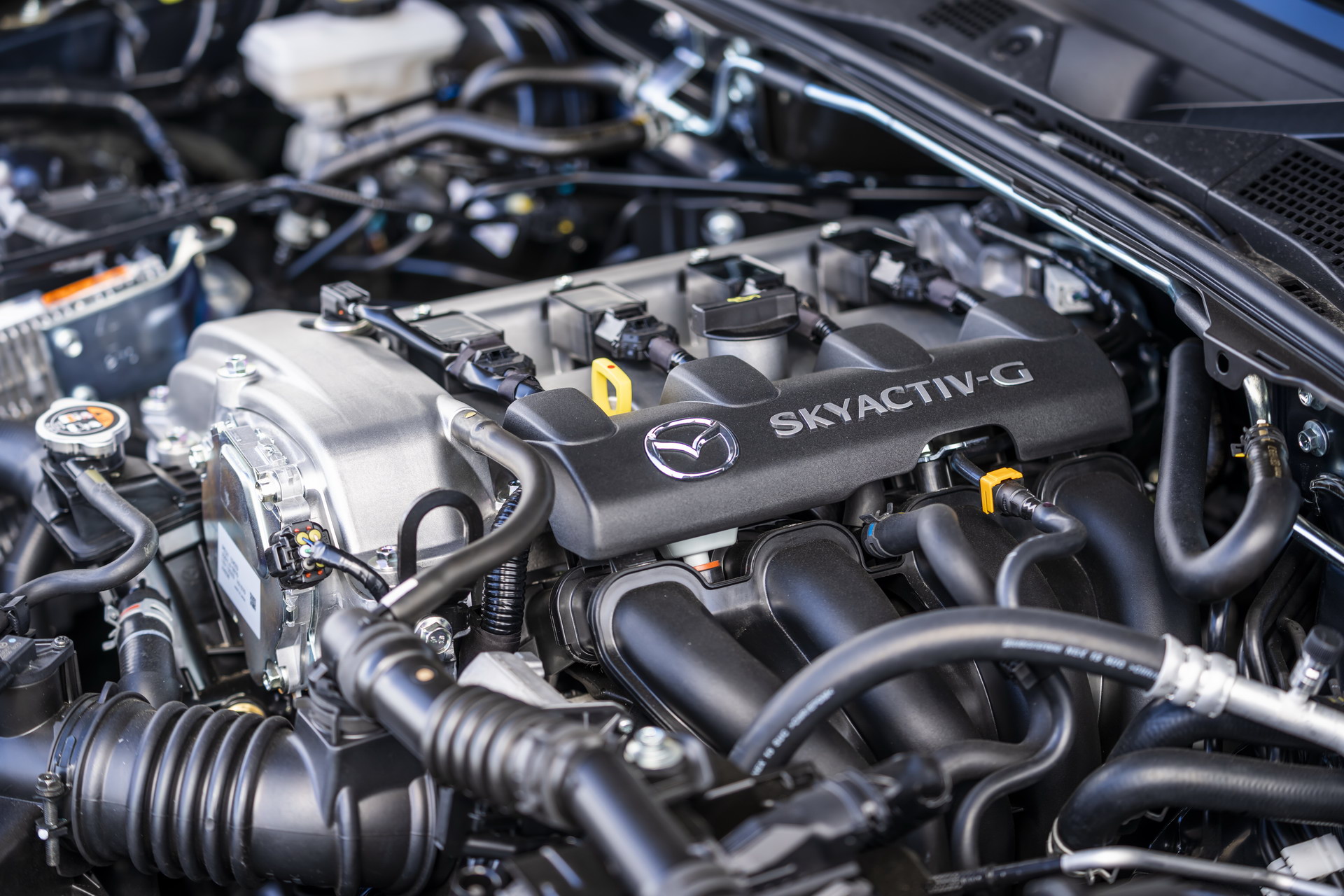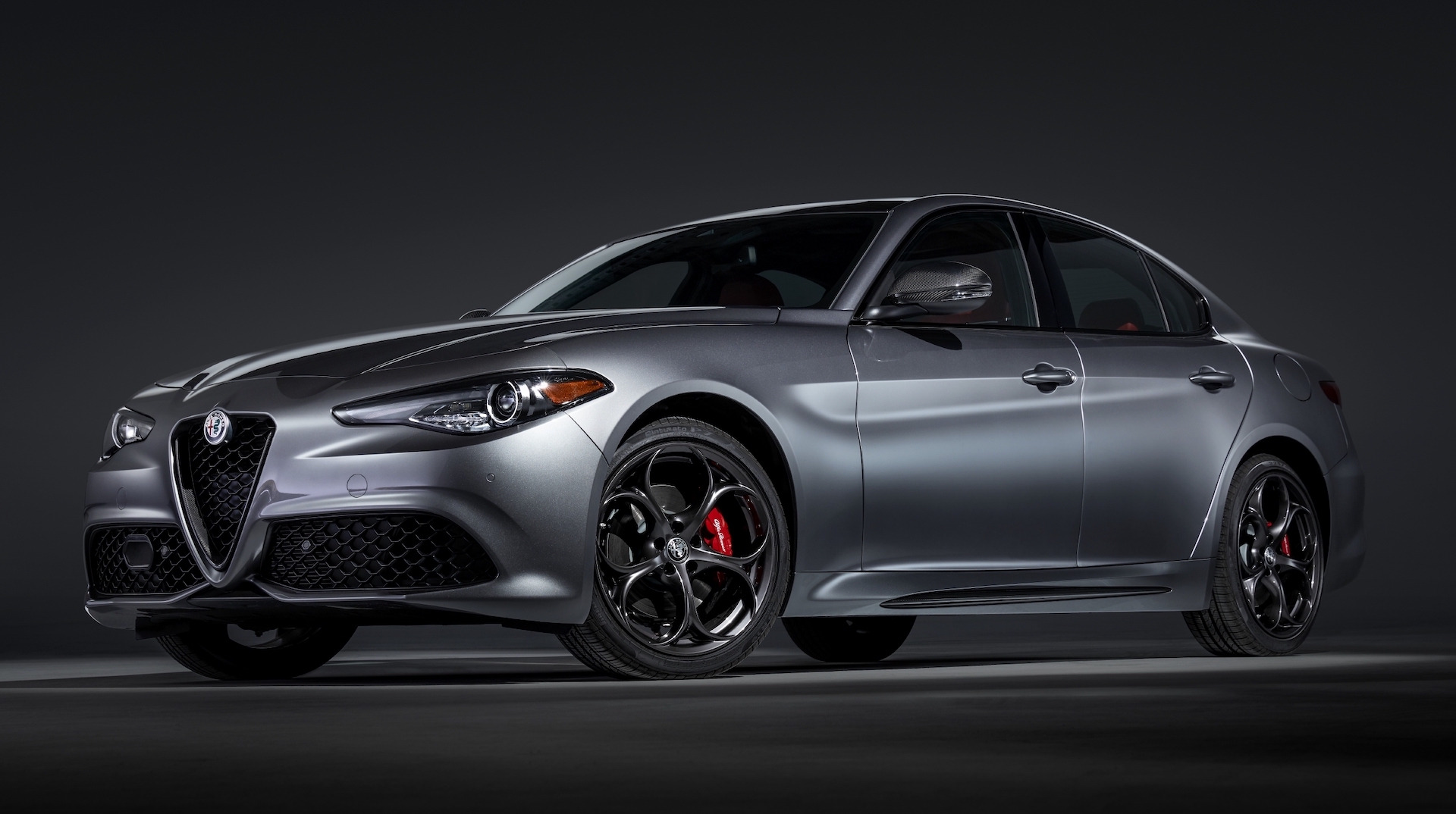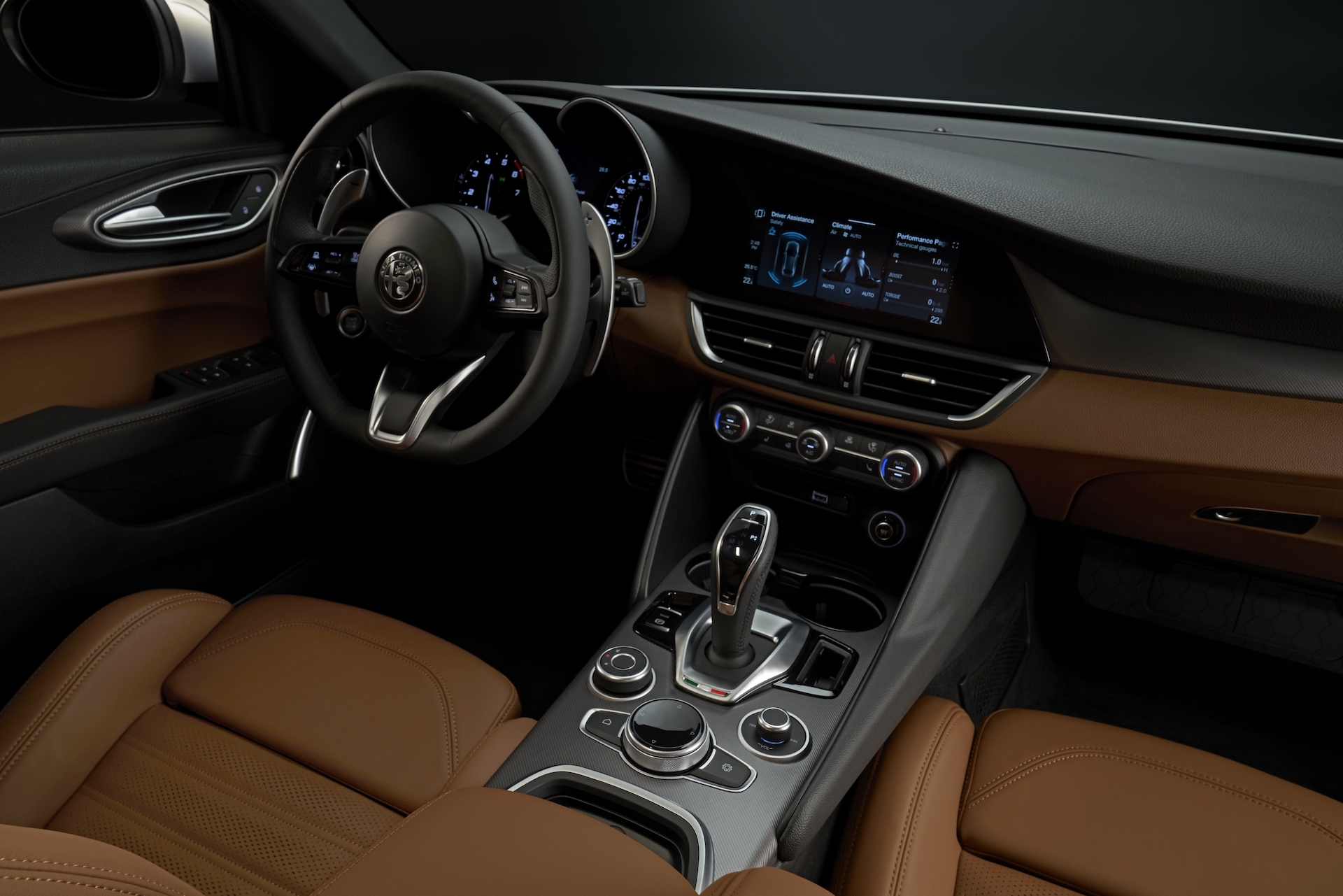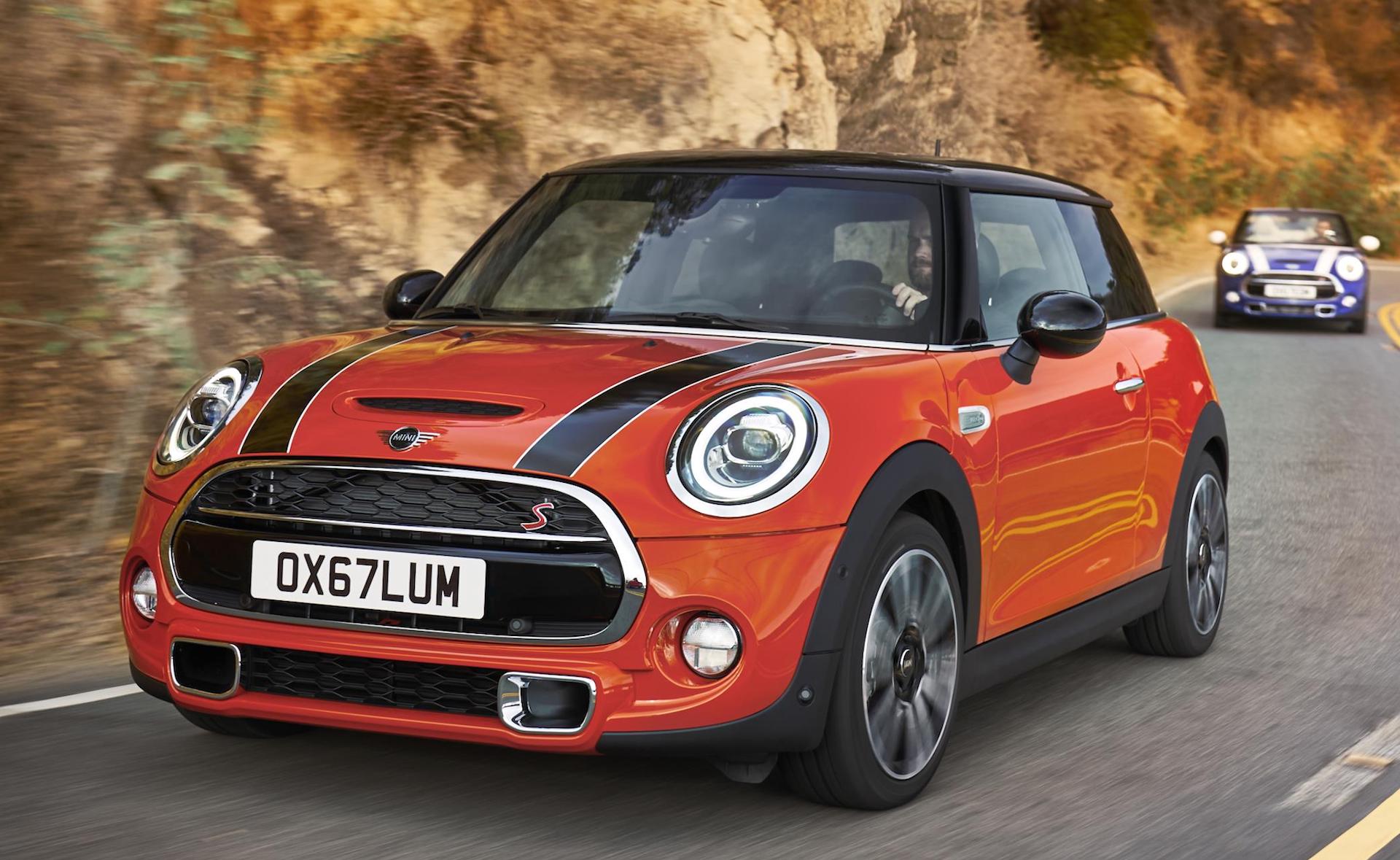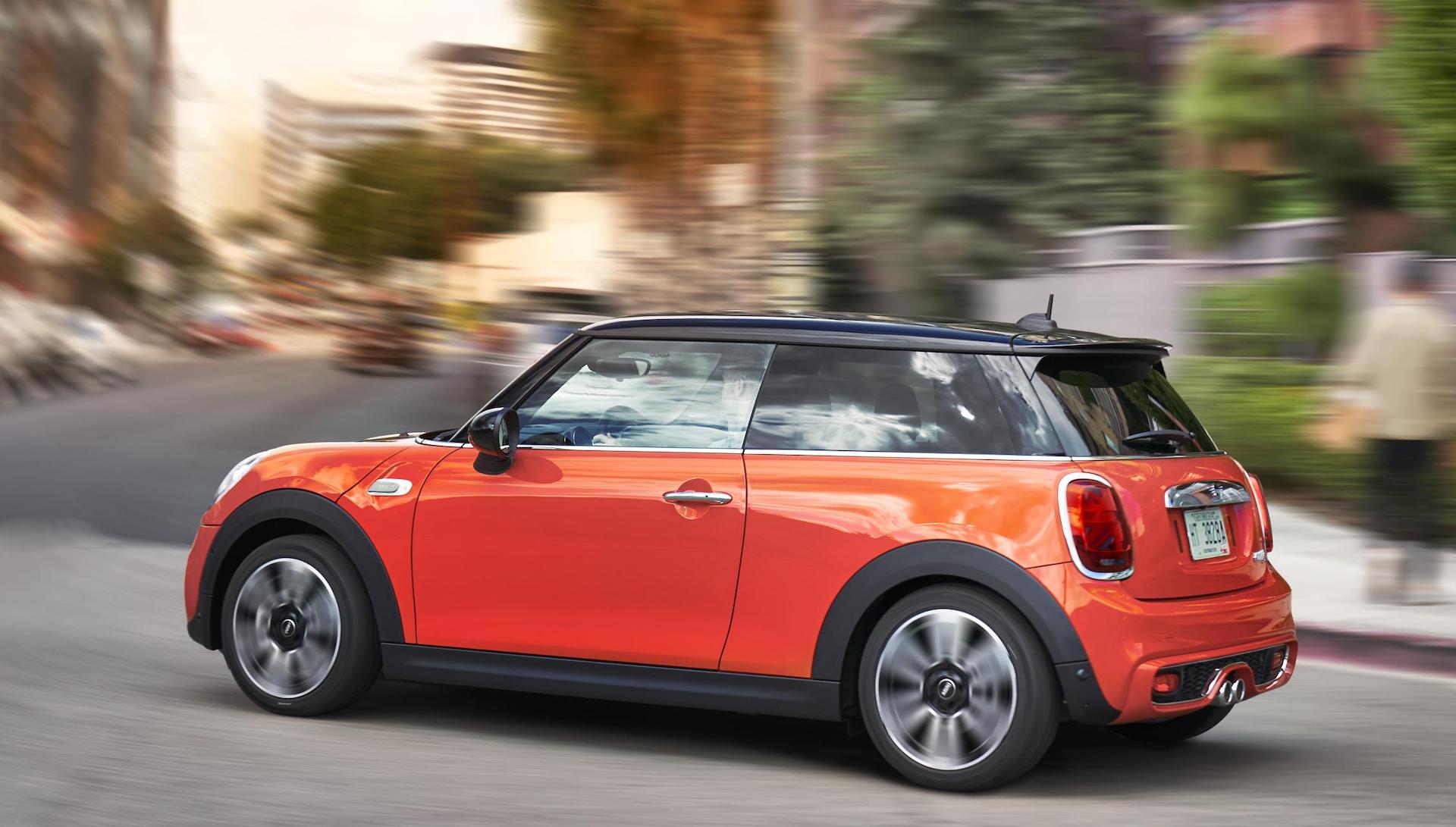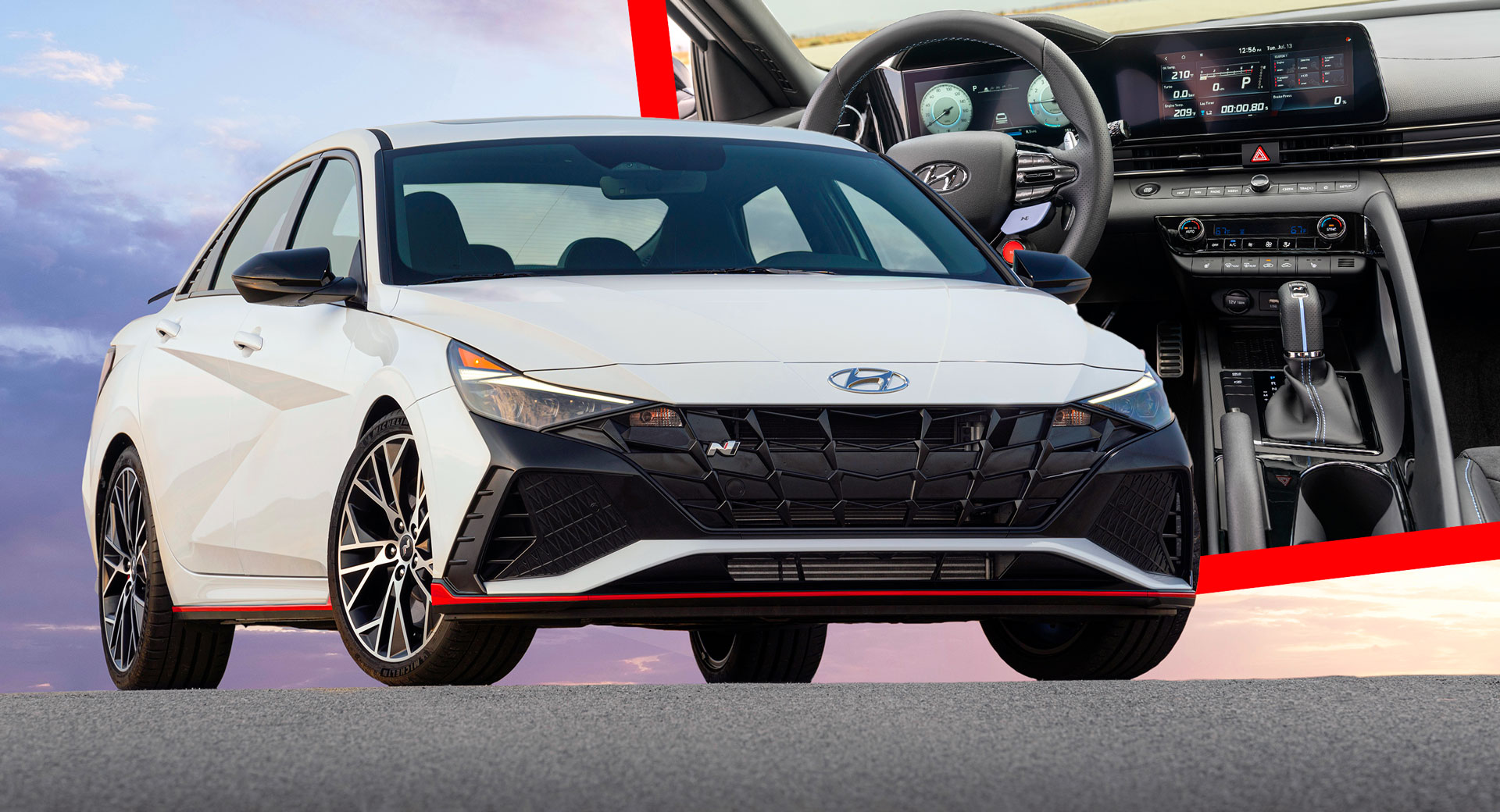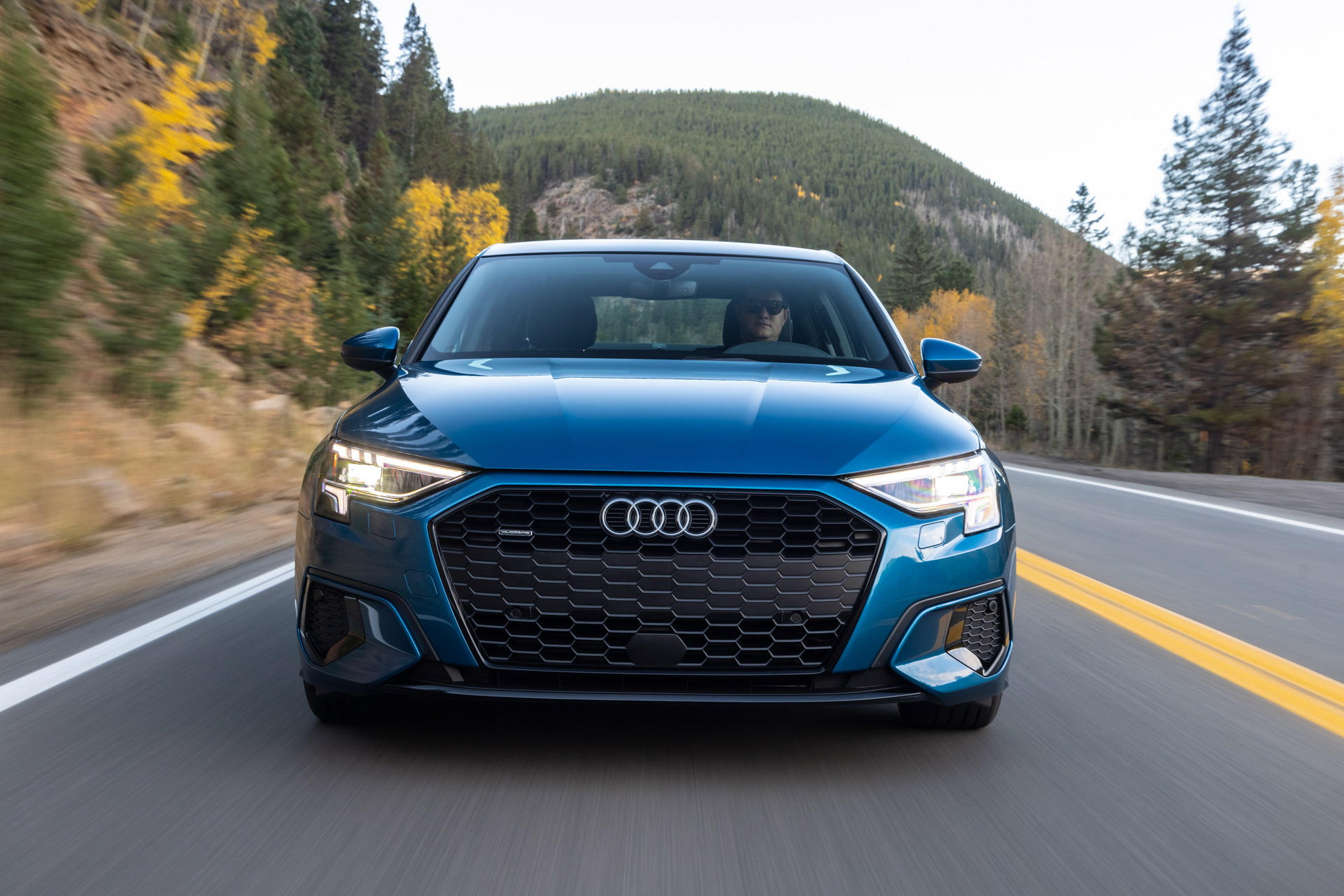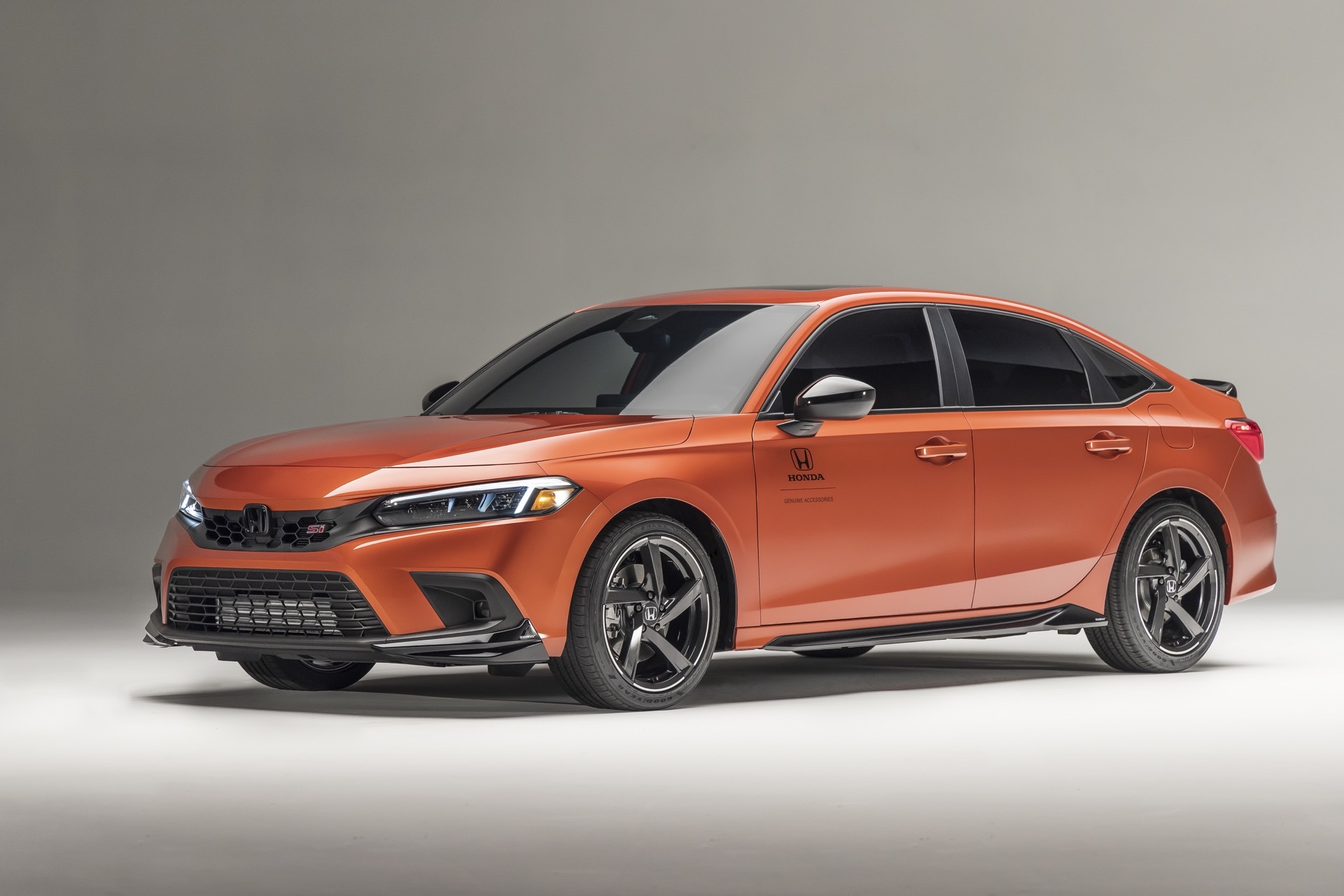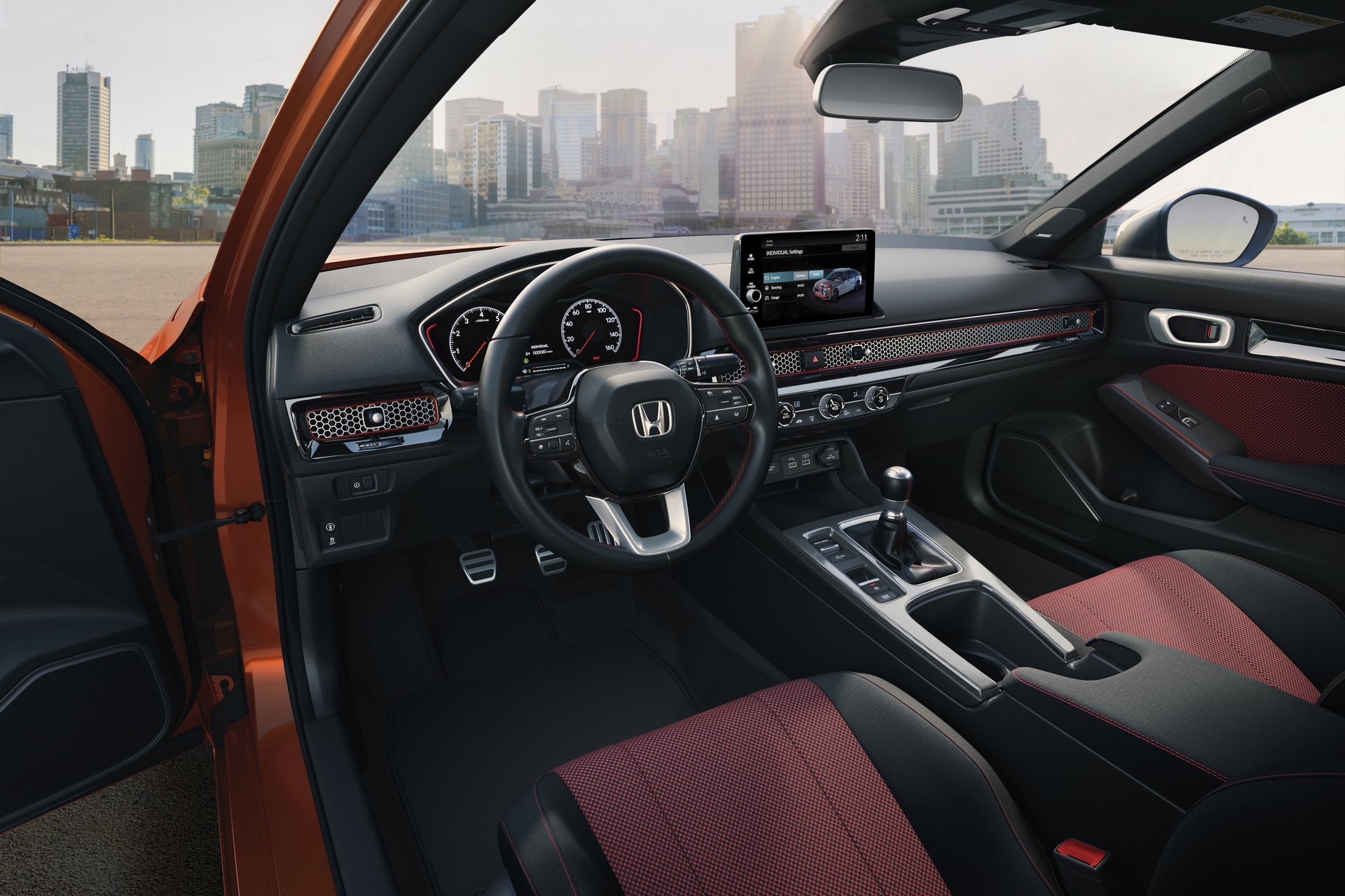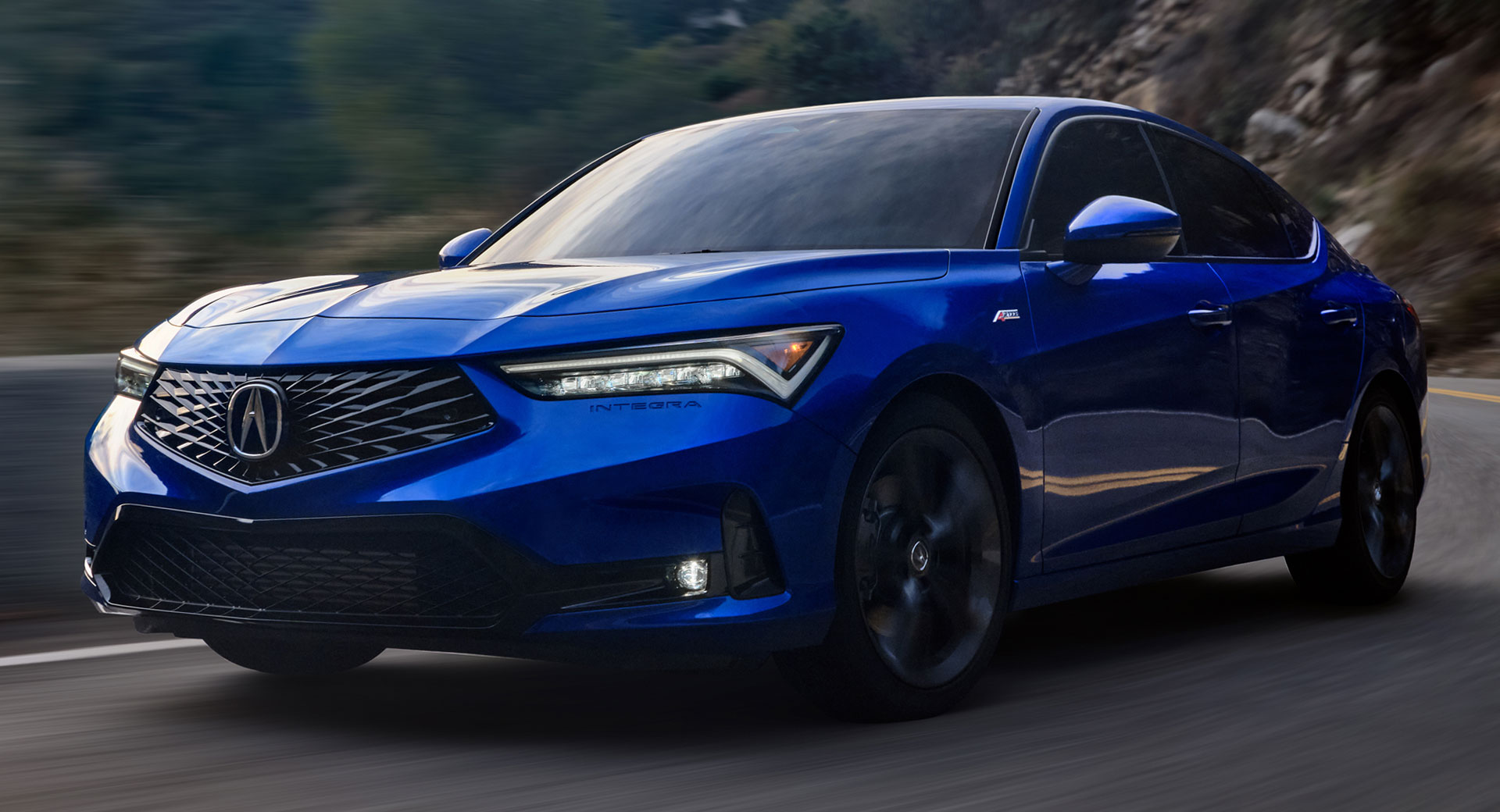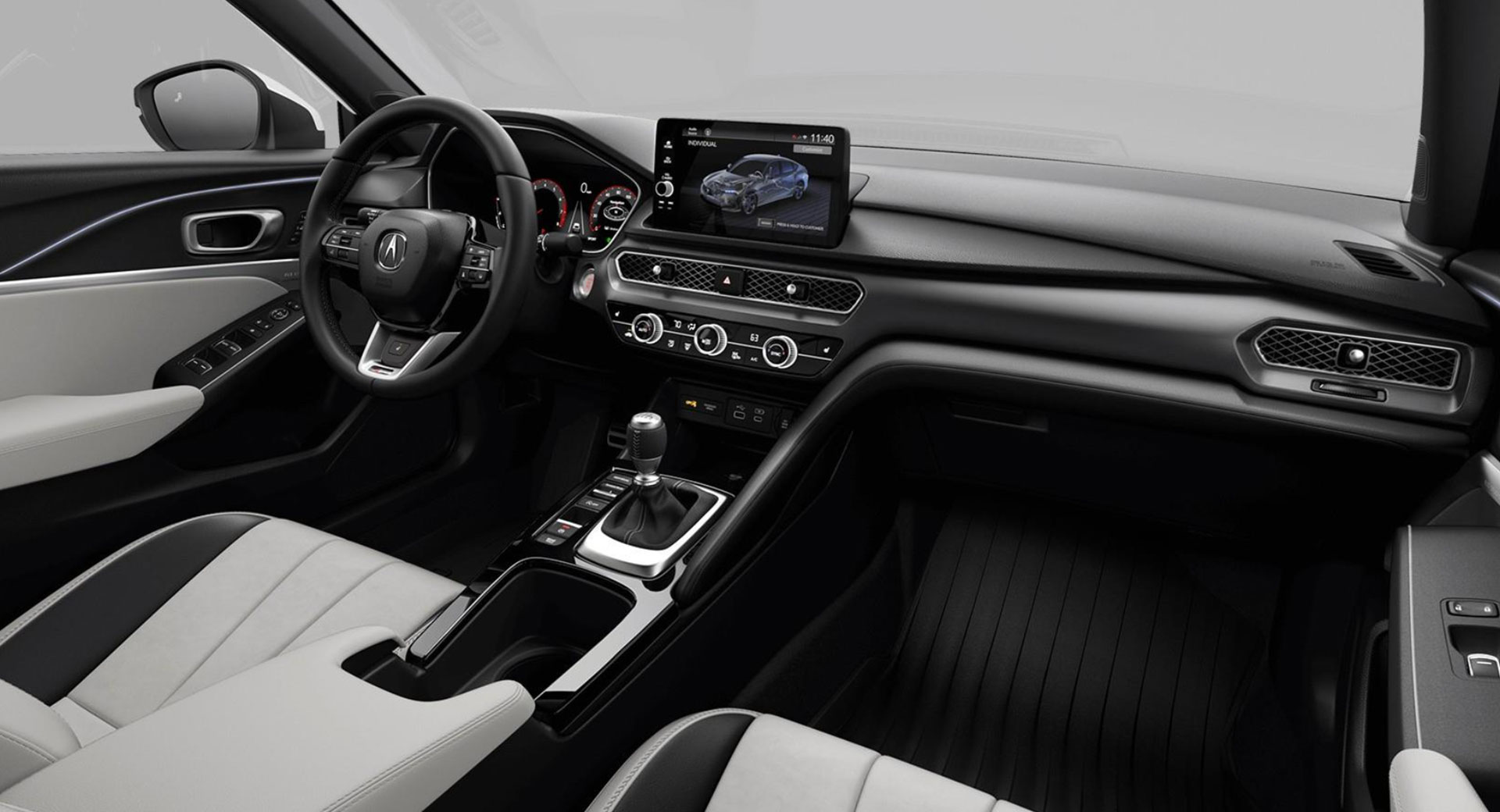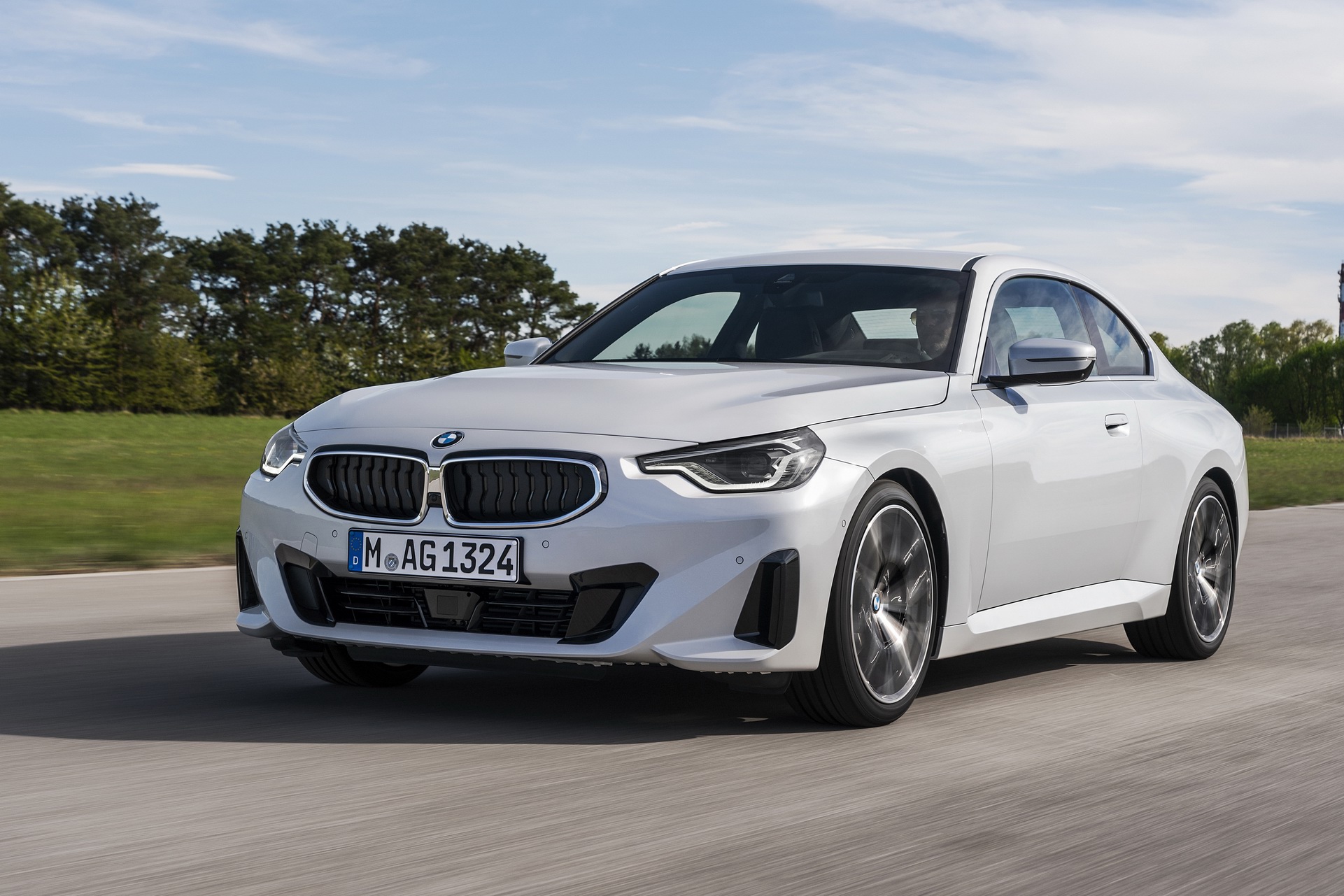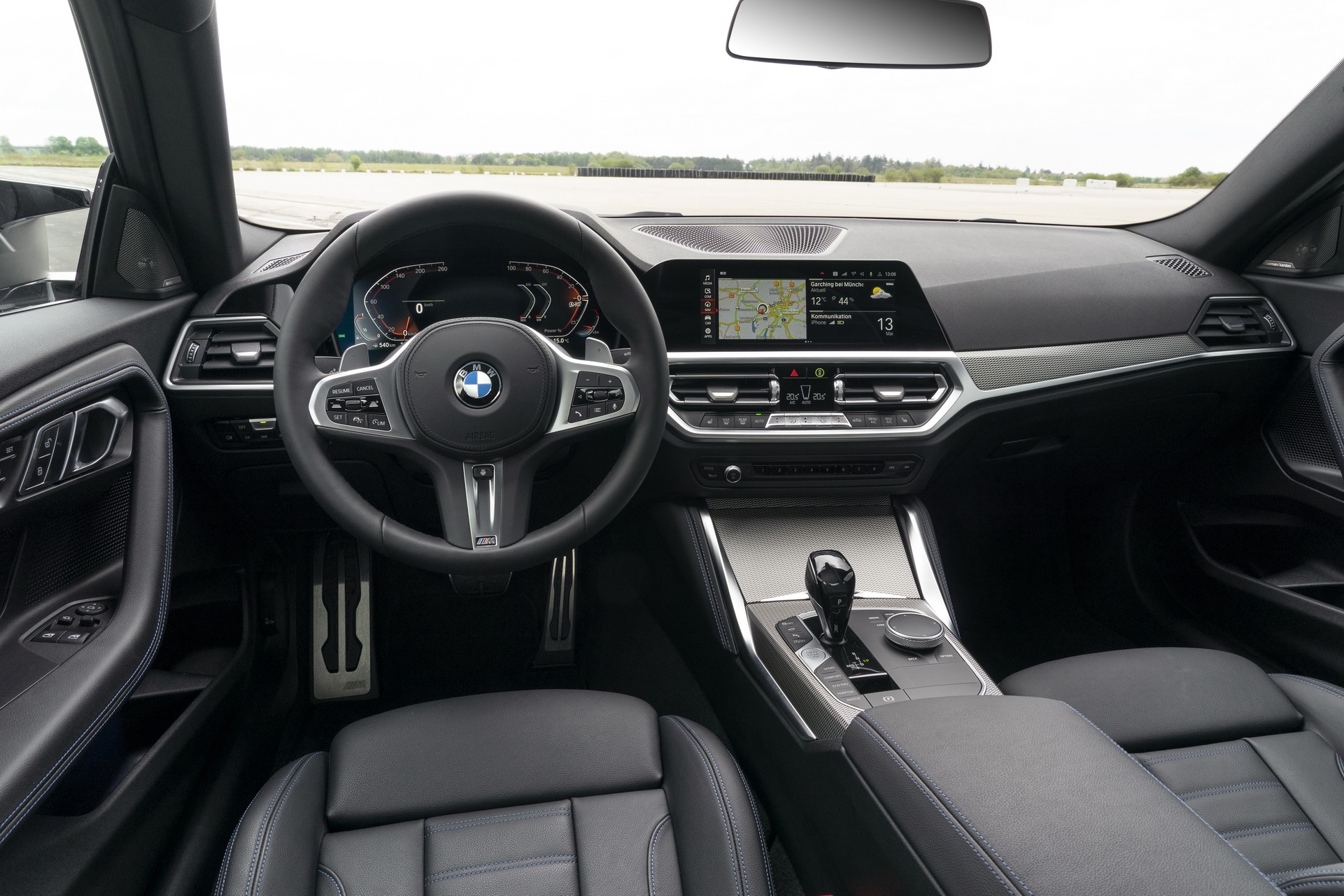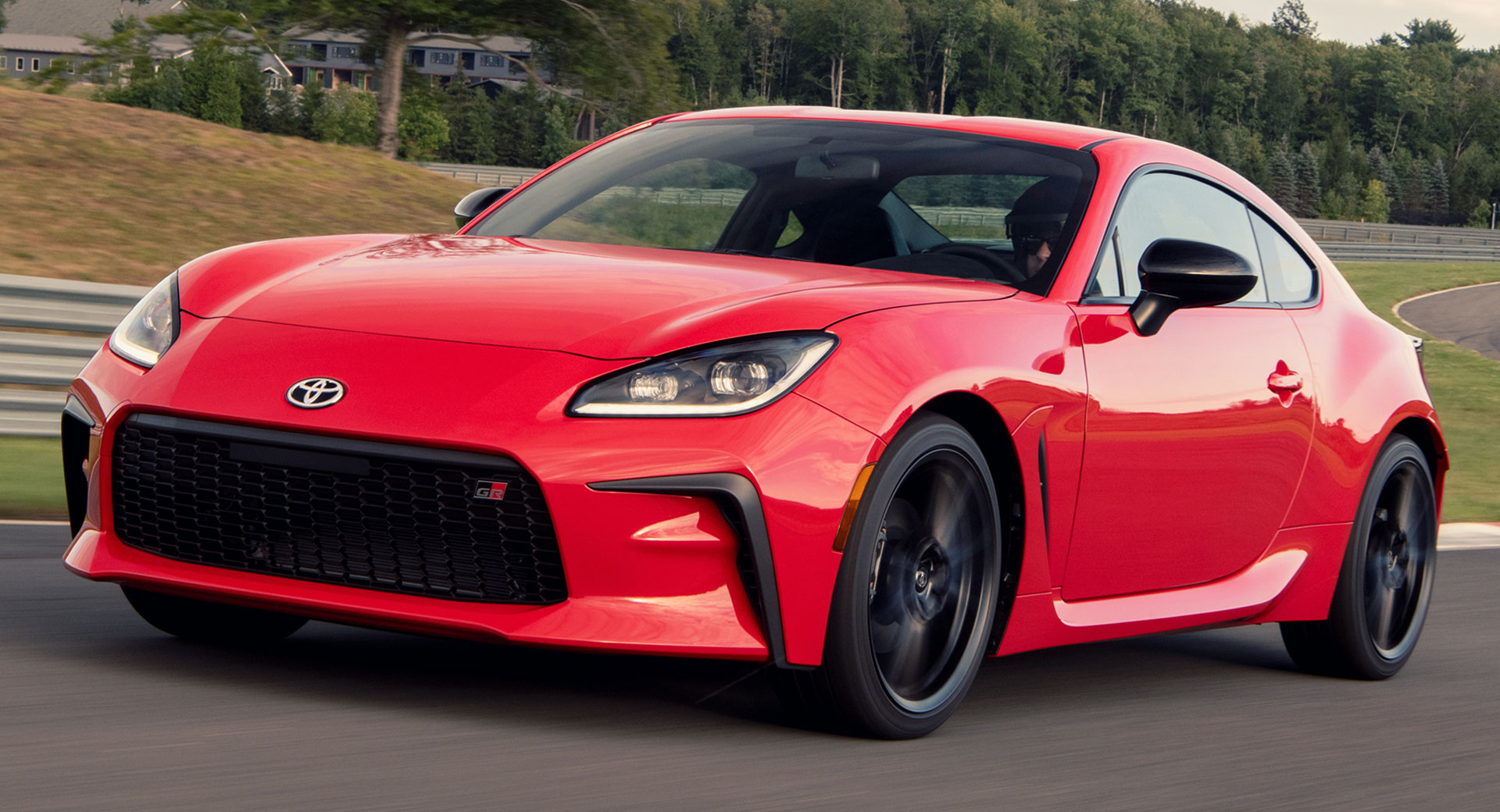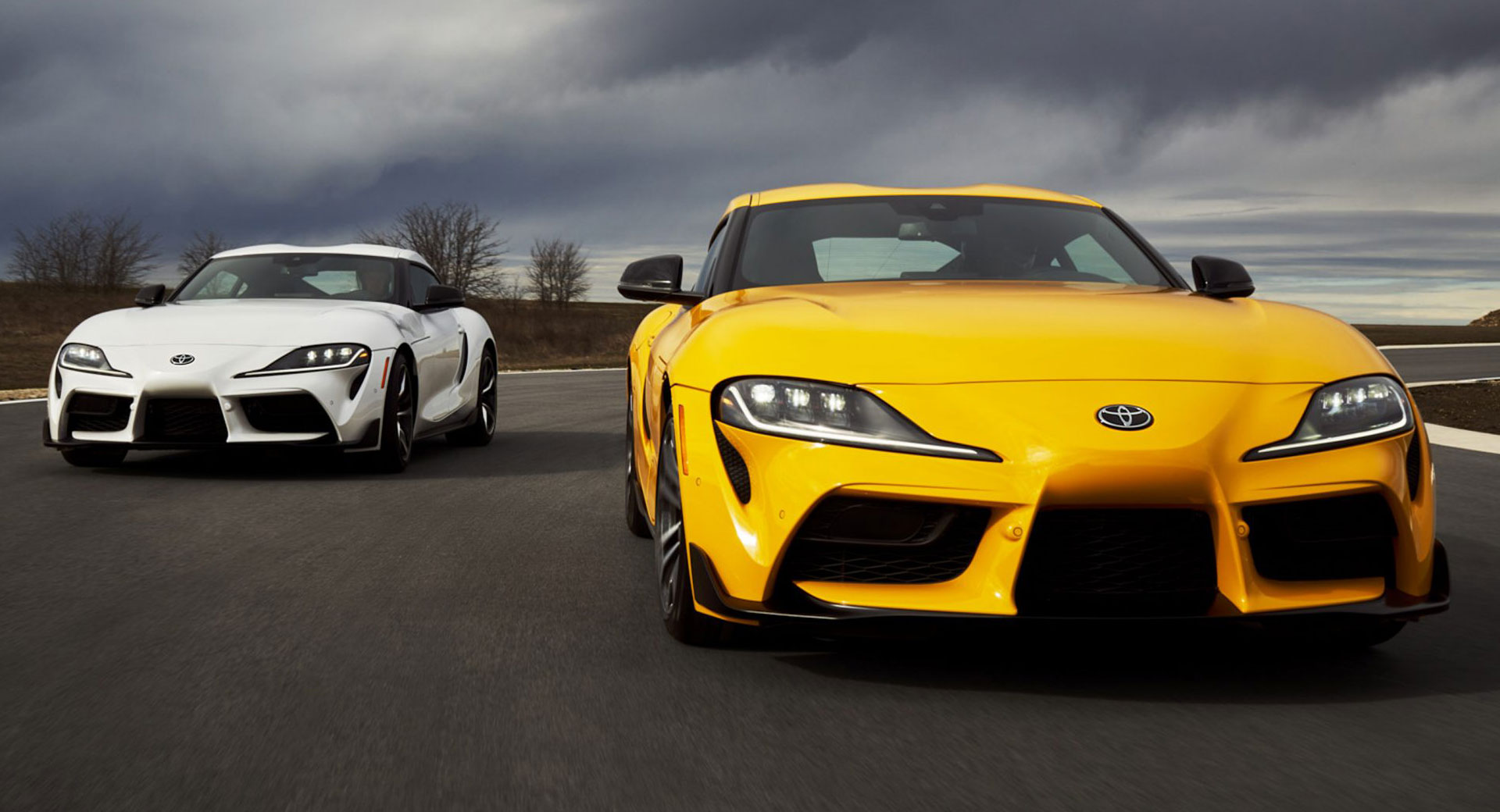Switching to a full hybrid, plug-in hybrid or an EV is a logical antidote to crippling gas prices. But what if you want to stick with gold old fashioned ICE power?
Maybe you don’t like the often artificial, non-linear brake pedal feel hybrids deliver, or the effect the mass of a huge battery pack has on stopping and cornering. Or maybe you just want to enjoy the purity of a straightforward combustion powertrain before the government wrenches it from your cold dead hands. Whatever the reason, let’s assume you want a more traditional powertrain, but you still don’t want your credit card to melt from overuse at your local gas station.
We’ve pulled together a list of cars that are fun to drive and don’t need to be plugged into the mains to impress the EPA’s fuel efficiency testers. Besides, most hybrids’ fantastical claimed efficiency numbers turn to dust anyway on a long journey where the initial EV range is quickly spent and you’re left lugging a dead weight of battery cells around.
Related: Goldman Sachs Says That Fuel Prices At The Pump Are Going To Get A Lot Worse
All of the cars here can do at least 25 mpg on the combined cycle and 30 mpg on a highway run according to the EPA. Some will even top 40 mpg at a cruise, and while that’s hardly record-breaking efficiency, because there are more economical cars around, our 12 have been selected because they’re also fun to drive. Of course, factoring in depreciation and the cost to change vehicles, it might be cheaper not to switch cars at all, so do your sums before shelling out $20k to save $10 a week off your gas bill.
Volkswagen GTI – 28 MPG Combined (25/34, City/Highway)
The Volkswagen Golf GTI, or just GTI in the U.S., sometimes takes a bit of flak for not being as hardcore as its hot hatch opposition. But being as focused on usability as it is on helping you get your kicks on a back road makes it a real ally for those of us who hate stopping to fill up.
The EPA rates the 241-hp (244 PS) GTI at up to 28 mpg on the combined cycle and up to 34 mpg in highway driving when equipped with the optional seven-speed dual-clutch transmission. And unlike some other cars, you don’t get hammered by opting for a stick: the only difference is in the city rating, which goes from 25 mpg to 24 mpg.
Even the 315-hp (319 PS) Golf R isn’t too bad on juice, though it’s far more transmission sensitive. The DSG-equipped R’s 26 mpg combined number falls to just 23 mpg if you sub in the six-speed manual.
Mazda MX-5 – 29 MPG Combined (26/34, City/Highway)
Weighing as much as a leaf on a keto diet isn’t only great for handling. It’s also useful when it comes to extracting decent mileage from a gallon of gas, as the 2,345 lb (1,064 kg) Mazda MX-5 proves. Without the benefit of a turbo to boost the efficiency of its 181 hp (184 PS) 2.0-liter Skyactiv four, the Miata ekes 29 miles from a gallon on the combined cycle and 26/34 mpg in city/highway use.
Mazda also offers an automatic MX-5, but the 1 mpg gain is negligible, and gives you absolutely zero legitimate excuses when anyone asks you why the hell you bought a two-pedal MX-5.
Alfa Romeo Giulia – 27 MPG Combined (24/33, City/Highway)
Sure, we’d all prefer to see a Quadrifoglio on the driveway over a regular Alfa Romeo Giulia sedan, but even if someone else was funding the $37,000 price difference, the hot one’s 20 mpg economy means it might end up spending rather more time parked on the driveway than the four-banger.
It’s automatic or nothing when it comes to four-cylinder Giulias, and mated to the base front-wheel drive transmission setup the result is a decent 27 mpg on the combined cycle for a $43,350 no-frills car, potentially giving you a handy touring range of 413 miles (665 km).
Mini Cooper S – 31 MPG Combined (28/38, City/Highway)
The original 1959 Mini was an attempt by Britain’s BMC to build a “real” car that was frugal enough to tempt people out of mileage mutants like the Isetta and Heinkel bubble cars gaining popularity at the time. And 63 years and 1,600 lb (726 kg) later, the current keeper of the Mini flame is equally economy-minded.
A base Mini Cooper with the 134 hp (136 PS) 1.5-liter triple is good for a combined 32 mpg in auto guise and 31 mpg as a manual, says the EPA. Not bad, but an automatic Cooper S gives you 55 hp (56 PS) more muscle, still delivers 31 mpg combined, and matches the Cooper’s 38 mpg highway figure. Even the 228 hp (231 PS) JCW hardtop returns 29 mpg overall. These things detest gas stations.
Hyundai Elantra N – 25 MPG Combined (22/31, City/Highway)
Related: Is The 2022 Hyundai Elantra N The Affordable Sports Sedan You Should Buy?
A 25 mpg combined figure isn’t going to help get the Hyundai Elantra N onto Greta Thunberg’s company car list, presuming she bothers to learn how to drive when she’s old enough. But it’s not terrible given how much fun the Elantra is to throw about, and on the plus side, that’s for a car equipped with a six-speed manual. The automatic version is only rated at 23 mpg, the same as the auto-only Kona N, meaning the Elantra is Hyundai’s least costly N car to run, at least until the Ioniq 5 N arrives.
Audi S3 – 27 MPG Combined (23/32, City/Highway)
The Volkswagen GTI’s showing earlier in this list has already reminded us how economical VW Group’s turbo engines are, and nothing changes when you drop them behind a four-ring grille. In fact, the 27 mpg Audi S3 sedan is fractionally more economical than its closest mechanical rival, the 26 mpg Golf R hatch, overall, though the Golf evens the score on the highway, getting a 33 mpg rating to the S3’s 32 mpg.
And, as you’d expect, things only get greener the further you head down the range, no doubt partly due to the use of 48v mild-hybrid tech. The EPA says a regular 201 hp (204 PS) 2.0-liter turbo A3 without Quattro all-wheel drive will travel 32 miles on a gallon of gas on the combined cycle, and an impressive 38 miles on the highway.
Honda Civic Si – 31 MPG Combined (27/37, City/Highway)
We don’t yet know the exact technical spec of the upcoming Civic Type R, or how far it will go on a gallon, but we’re hoping it’s going to take a leaf out of the 2022 Civic Si’s book. That’s because even with its compulsory manual transmission the 200 hp (203 PS) 1.5-liter turbocharged Si sedan is rated at 31 mpg overall, making it one of the most economical performance cars around.
But not the most economical Civic, obviously. That honor goes to the four-door Civic sedan outfitted with the 1.5-liter turbo motor and CVT transmission, which returns 36 mpg combined and a “which side is the filler on again? It’s been so long” 42 mpg highway figure.
Acura Integra – 33 MPG Combined (30/37, City/Highway)
So you like the idea of the Civic Si, but not the idea of rowing your owing ratios or having to give your left leg a two-hour workout creeping through city traffic on the way to the office every morning. Or maybe you want a hatch/liftback and the fact that the Si is only available as a sedan bums you out. Either way, the 2023 Acura Integra has you covered.
Both cars use the same front-wheel drive chassis and 200 hp (203 PS) 1.5-liter turbo engine. But only the Acura lets you choose between a manual and an auto transmission. Normally we’d say go manual, particularly since only the three-pedal car comes with an LSD, though in this case there are a couple of reasons why you might not.
First, the auto transmission, which is technically a CVT, is significantly less gas greedy, attracting a 33/30/37 combined/city/highway rating, versus 30/26/36 for the manual. And second, to unlock the manual option you need to stump up for an expensive top-trim car with the A-Spec package.
BMW 230i – 29 MPG Combined (26/35, City/Highway)
The most frugal non-hybrid car BMW sells in North America is arguably among its most pure and most entertaining to drive. It’s a shame you can’t mate the 230i’s B48 2.0-liter turbo four with a six-speed manual transmission, but the ZF 8HP is a great automatic, and the shift paddles mean you can take full control of its 255 hp (259 PS).
Do that, of course, and you’ve got almost no chance of achieving the solid 29 mpg combined figure the EPA achieved using BMW’s carefully mapped automatic mode software, but you’ll certainly have more fun.
Toyota GR86 – 25 MPG Combined (21/31, City/Highway)
First Drive: 2022 Toyota GR 86 Packs A Stronger Punch And Looks Good Doing It
The Toyota GR86’s boxer engine makes it unique among front-engined sports cars, well, apart from its Subaru BRZ brother, obviously. But it’s not massively fuel efficient when equipped with the manual ’box most enthusiast will want. The EPA rates the stick-equipped GR at 22 mpg combined, though you can improve that to 25 mpg by picking the automatic alternative, and you’ll get the same brilliant chassis.
But who are we kidding anyway? It’s so difficult not to drive these cars like every journey is a GTA getaway mission that you’re probably going to be looking at sub-20 mpg economy whatever transmission you go for.
Which might not be the case if you can stretch to the 86’s Supra brother. We haven’t seen EPA data for the new manual transmission-equipped Supras, but the automatic cars are incredibly frugal. The 255 hp (259 PS) 2.0-liter car is rated 28 mpg overall and 25/32 on the city/highway loops, while even the 382 hp (387 PS) 3.0-liter six claims 25 mpg combined economy and can do up to 30 mpg on the highway. BMW’s Z4, which uses the same basic engines, achieves very similar economy numbers.
But jumping back to boxers for a second, we should give a shout out to the Porsche 718 Boxster and Cayman. Neither was quite frugal enough to meet our 25 mpg combined, 30 mpg highway, minimum entry requirements, but the base 718’s 24 mpg combined, 27 mpg highway in both coupe and convertible form when kitted with the PDK transmission is still a strong showing.




